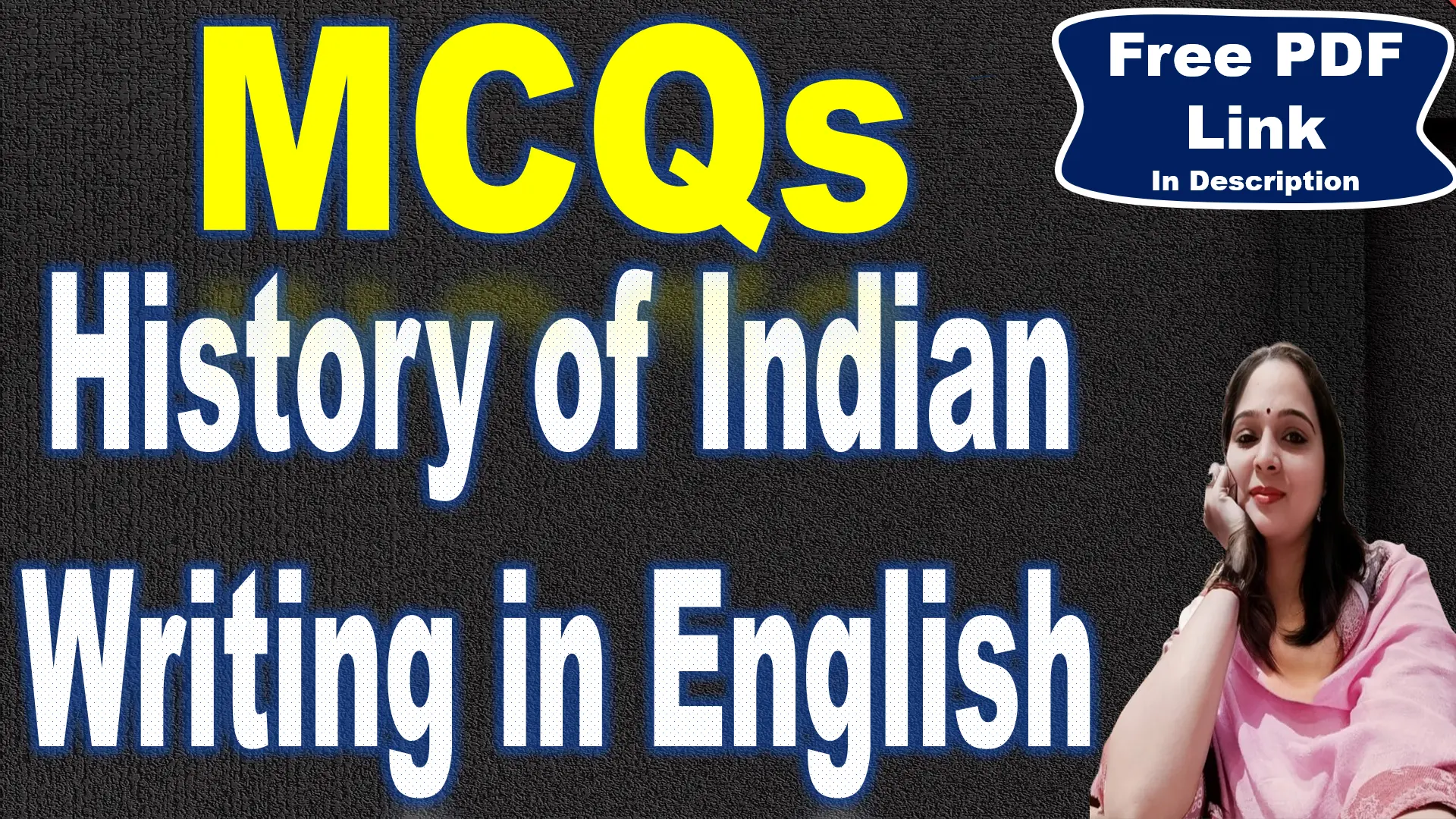
45 MCQs | Astrophil and Stella Sonnet 1 MCQs | Loving in Truth | Astrophil and Stella Sonnet 1 | Sonnet 1 by Sir Philp Sidney MCQs | Sir Philp Sidney | Free PDF Download – Easy Literary Lessons
1. Who is the speaker of Sonnet 1?
a) Sidney
b) Stella
c) Astrophil
d) Muse
Answer: c) Astrophil
Explanation: Astrophil, the speaker, is a character representing the poet’s voice in the Astrophil and Stella sequence. The sonnet reflects Astrophil’s desire to express his love for Stella through poetry. Sidney uses Astrophil to explore themes of unrequited love and creative struggle, and the speaker’s frustrations with writing are central to the poem’s emotional depth.
2. What is Astrophil’s main goal in writing poetry in Sonnet 1?
a) To entertain readers
b) To win Stella’s love
c) To practice writing
d) To impress other poets
Answer: b) To win Stella’s love
Explanation: Astrophil’s primary motivation is to use poetry to express his love for Stella and ultimately win her affection. He hopes that his suffering, conveyed through verse, will make her feel pity and eventually lead to love. The poem reflects his frustration in achieving this goal, as his creative attempts fall short.
3. What does the phrase “blackest face of woe” symbolize?
a) Astrophil’s poetic talent
b) His physical appearance
c) His deep sorrow
d) Stella’s beauty
Answer: c) His deep sorrow
Explanation: The metaphor “blackest face of woe” is used to describe the extreme depth of Astrophil’s emotional pain and sorrow. He is attempting to express his suffering through his poetry in a way that captures the severity of his feelings for Stella, making it a powerful image of his internal struggle.
4. What does “step-dame Study” represent in the poem?
a) Harsh academic effort
b) Creative freedom
c) A supportive mentor
d) Astrophil’s true love
Answer: a) Harsh academic effort
Explanation: “Step-dame Study” personifies the restrictive and suffocating effects of over-studying or relying too much on learned techniques. Astrophil feels that his natural creativity (“Invention”) is stifled by excessive focus on study, which acts as a cruel “stepmother,” limiting his ability to express himself freely.
5. What poetic form does Sonnet 1 follow?
a) Petrarchan sonnet
b) English sonnet
c) Ballad
d) Free verse
Answer: b) English sonnet
Explanation: Sonnet 1 follows the English (Shakespearean) sonnet form, with a rhyme scheme of ABAB ABAB CDCD EE and written in iambic hexameter. Though Sidney was influenced by the Petrarchan tradition, this sonnet uses the English structure with three quatrains leading to a rhymed couplet at the end, resolving the poem’s tension.
6. What advice does the Muse give Astrophil in the final couplet?
a) To study harder
b) To forget Stella
c) To look into his heart and write
d) To imitate other poets
Answer: c) To look into his heart and write
Explanation: The Muse advises Astrophil to stop relying on external sources and artificial techniques. Instead, she urges him to write from his own heart, emphasizing that genuine inspiration comes from authentic emotions, not from forced invention or imitation. This advice is a critical turning point in the sonnet.
7. What is the rhyme scheme of Sonnet 1?
a) ABBA ABBA CDE CDE
b) ABAB ABAB CDCD EE
c) AABB CCDD EEFF GG
d) ABAB CDCD EFEF GG
Answer: b) ABAB ABAB CDCD EE
Explanation: Sidney uses the English sonnet rhyme scheme, which alternates in the quatrains (ABAB) and ends with a rhymed couplet (EE). This structure allows the sonnet to build on its emotional complexity and then resolve with a clear conclusion or revelation in the final couplet, as seen in Sonnet 1.
8. Why does Astrophil turn to “others’ leaves” in the sonnet?
a) To borrow money
b) To seek inspiration from other poets
c) To impress Stella
d) To study botany
Answer: b) To seek inspiration from other poets
Explanation: The phrase “others’ leaves” refers to the works of other poets. Astrophil turns to these sources in an attempt to find inspiration or ideas to express his own feelings. However, he finds that these efforts fail to produce the creativity he seeks, as the words of others seem foreign and inadequate for his personal expression.
9. What is the tone of the poem up until the final couplet?
a) Joyful
b) Frustrated
c) Humorous
d) Triumphant
Answer: b) Frustrated
Explanation: The tone of the poem is largely one of frustration as Astrophil struggles with his inability to express his feelings for Stella through poetry. His words come out halting and forced, and his attempts to study and borrow from other poets leave him feeling creatively blocked. The mood shifts with the Muse’s advice in the couplet.
10. What literary device is used in “biting my truant pen”?
a) Simile
b) Allusion
c) Personification
d) Irony
Answer: c) Personification
Explanation: “Truant pen” is an example of personification, where the pen is described as if it were rebellious or disobedient, failing to follow Astrophil’s wishes. This emphasizes his frustration with his writing, as he feels that even his pen refuses to cooperate in producing the poetry he desires.





